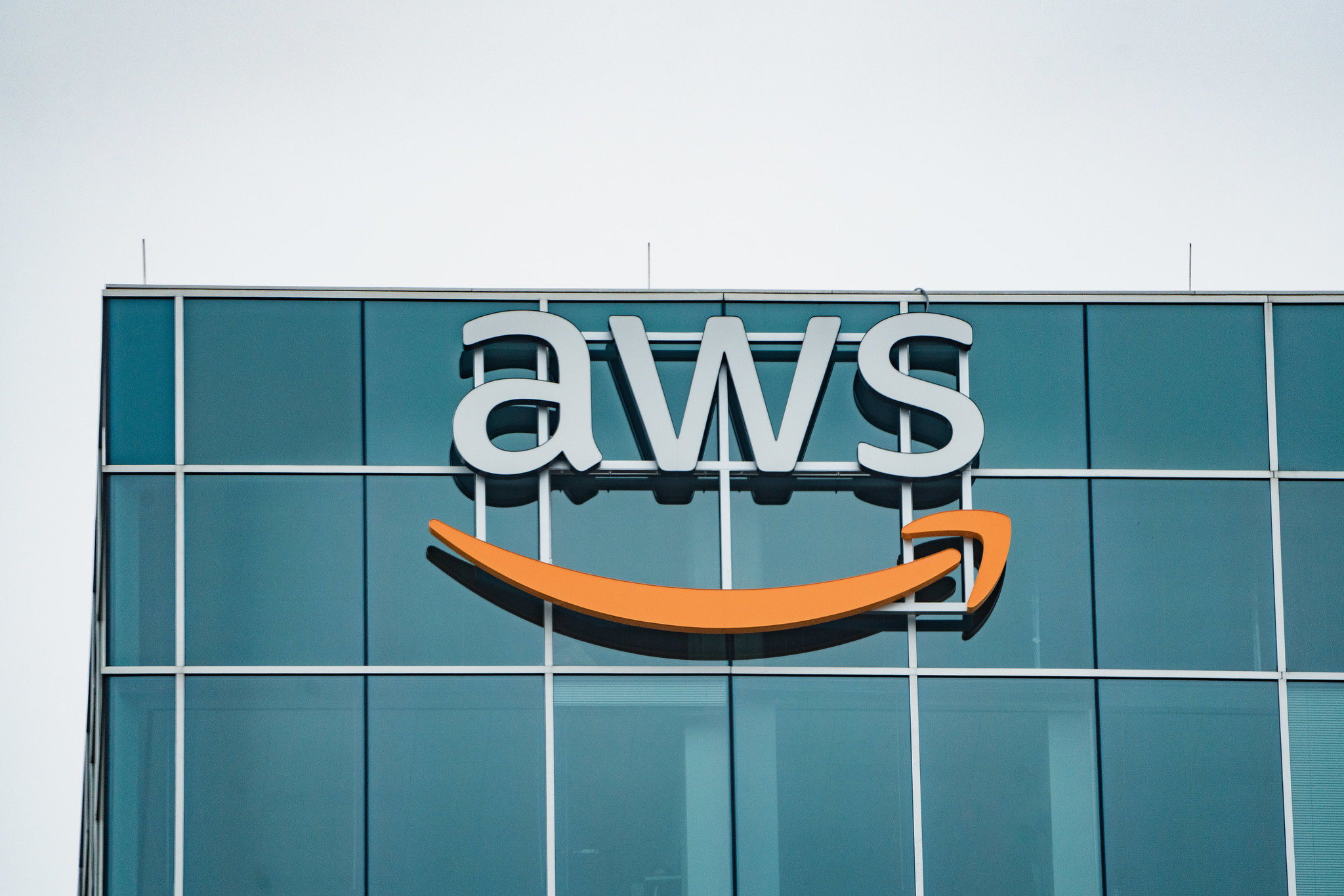 CLOUD
CLOUD
 CLOUD
CLOUD
 CLOUD
CLOUD
Amazon Web Services Inc. today launched a new cloud infrastructure region in India to grow its local market presence.
An AWS infrastructure region is a cluster of cloud data centers located in the same geographic area. The data centers are organized into so-called Availability Zones. Each Availability Zone is supported by separate cooling and networking equipment, which ensures that a localized hardware malfunction at one facility won’t affect the others.
AWS’ newly launched infrastructure region is located in Hyderabad, India’s fourth most populous city. The region comprises three Availability Zones.
AWS plans to invest more than $4.4 billion in its Hyderabad data centers through 2023. The sum includes data center construction costs, operating expenses and purchases of goods and services from local businesses. AWS estimates that its investment will support more than 48,000 full-time jobs at other companies, as well as add about $7.6 billion to India’s gross domestic product by 2030.
“The launch of the AWS Asia Pacific (Hyderabad) Region supports India’s digital transformation and is part of our long-term investment in the country since opening our first office in 2011,” said Prasad Kalyanaraman, vice president of infrastructure services at AWS. “Customers and partners in India will now have additional regional infrastructure to deploy applications with greater resilience, availability, and even lower latency.”
The new infrastructure region is the second launched by AWS in India. The cloud giant has operated a region with three Availability Zones in Mumbai since 2016.
As part of its market expansion strategy in India, AWS is also building a network of Local Zones. A Local Zone is an AWS cloud infrastructure environment deployed in close proximity to a city. Network requests can travel to the infrastructure environment faster than to AWS data centers located farther away, which helps reduce network latency for customers.
AWS launched its first Local Zone in India earlier this year. The Amazon.com Inc. unit plans to expand its infrastructure presence by launching three more Local Zones in the cities of Chennai, Bengaluru and Kolkata.
AWS also maintains other types of cloud infrastructure in India. It operates 33 Amazon CloudFront edge locations, server clusters that can host cloud customers’ data close to users to speed up network requests. AWS also maintains six Direct Connect locations through which organizations can connect their on-premises data centers to its cloud infrastructure using dedicated network links.
The cloud giant says its platform is used by hundreds of thousands of customers in India. AWS’ local customer base includes startups, banks, government agencies and other organizations.
To support its local business operations, AWS parent Amazon earlier this year announced plans for three new solar farms in the Indian state of Rajasthan. The solar farms will provide more than one million megawatt hours of renewable energy per year. The investment is one of 57 renewable energy projects Amazon has announced in the Asia-Pacific region as part of its effort to operate with net-zero carbon emissions by 2030.
Support our mission to keep content open and free by engaging with theCUBE community. Join theCUBE’s Alumni Trust Network, where technology leaders connect, share intelligence and create opportunities.
Founded by tech visionaries John Furrier and Dave Vellante, SiliconANGLE Media has built a dynamic ecosystem of industry-leading digital media brands that reach 15+ million elite tech professionals. Our new proprietary theCUBE AI Video Cloud is breaking ground in audience interaction, leveraging theCUBEai.com neural network to help technology companies make data-driven decisions and stay at the forefront of industry conversations.